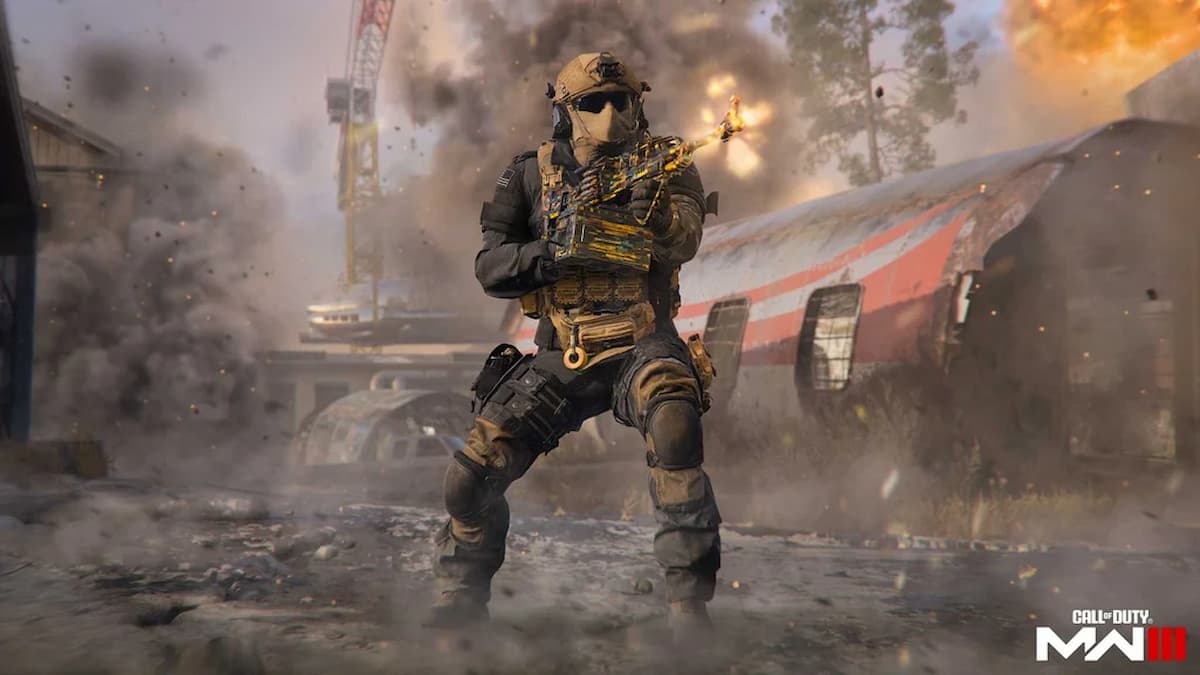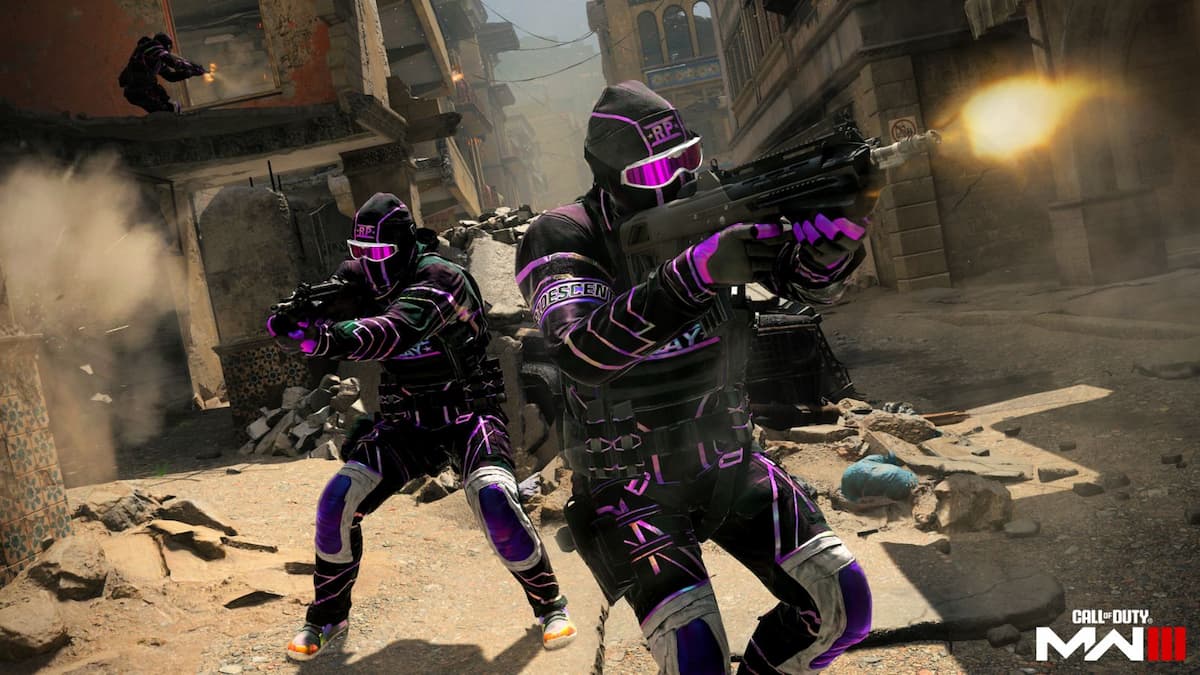
Few developers in the gaming industry have such a carefully crafted image as Tomonobu Itagaki, head of Team Ninja and creator of the Dead or Alive franchise and Ninja Gaiden‘s next-gen evolution. Qais Fulton and I happened upon him at Microsoft’s headquarters in Redmond, where Itagaki, draped over a couch as the image of cool itself, kicked out the jams on the latest build of Ninja Gaiden II.
We had some time afterwards to ask the notorious developer some questions about his newest title, developing for Eastern and Western audiences, and more. Hit the jump for our Q&A.
Linde: Was there anything in particular that you wanted to bring to Ninja Gaiden with the sequel, or anything that you’re particularly excited about or pleased with?
Itagaki: Ninpo, like the one you saw at the end [of the demonstration]. It gets even worse, too.
Linde: Any examples, or anything you can describe loosely that’ll give us an idea?
Itagaki: The enemies will be sliced into pieces, the pieces caught up in a tornado and kind of rain down around you afterwards.
[Everyone laughs, because everyone loves bloodshed.]
Linde: There’s a definite sort of hardcore gamer that Ninja Gaiden appeals to. Was there any thought to try to expand the series to a greater audience, or is this going to be the same fare that hardcore gamers expect from Ninja Gaiden?
Itagaki: The first [Xbox] Ninja Gaiden was obviously pretty hardcore, because we wanted to keep some of the essence of the Ninja Gaiden franchise that people know from way back in the NES days. But this time we really want to ensure that as many people as possible will be able to play the game and enjoy it while still satisfying the same audience that have come to enjoy the series.
Linde: What changes have you made to cater to that wider audience?
Itagaki: Because it’s fun. Nobody will play a game — no matter how easy it is — nobody will play a game if it’s not fun. So the game is ten times as fun as the original, and ten times as controllable and fun to play.
Qais: While we’re on the topic of playability and accessibility, the Ninja Gaiden series has a reputation of being incredibly difficult. What would you say the difficulty level is relative to the previous title?
Itagaki: If you played the first Ninja Gaiden, you can tell how different this is just by watching it. It’s called Ninja Gaiden II because it is the next in the series, but we’ve changed everything all the way from the chassis up to the body, exterior, plating of the game. So there are a lot of differences. And that’s the way it should be, you know. There are a lot of action games out there that do things one-two-three-four, just the same thing every time, changing things just a little bit and that’s not what I want to do. I want to make a big overhaul with the new game.
Qais: Have you toned down the game in response to those who suggested the original was too difficult?
Itagaki [To Qais]: How far did you get in the original Ninja Gaiden?
Qais: I beat it, it took about six months.
[Everyone laughs, because Qais is a weakling!]
Itagaki: That’s excellent cost performance. I promise not to make the game so hard that nobody will be able to enjoy it.
Linde: There’s a side of Ninja Gaiden that definitely seems skewed towards Western gamers, and in previous interviews you’ve expressed an interest in broadening the scope of the game to reach those audiences. What do you think of the current generation of platforms in reaching that broader audience? How are your peers doing?
Itagaki: I think that in both Japan and in the west the average age of the great game designers is going up. There hasn’t been a lot of new, young game designers in either region. I do think that the Japanese gaming industry is losing to the West right now, and I’m not saying this in a sense of nationalism or anything like that, but I don’t think there’s enough Japanese developers that can stand up and say “I’m going to create a game that can speak for the Japanese gaming industry”.
So if you’re asking why I made this game the way it is, it’s because I looked at games like Gears of War, Halo, the good FPS and racing games out there — and obviously I think my fighting game is the best — but I wanted to be able to stand on common ground and have a good rivalry with the other Western developers that are making those games.
Linde: Having such a prolific series as Dead or Alive, how do you feel about the recent overhaul of Street Fighter IV? Was such a radical shift in design ever considered for any of your properties?
Itagaki: As a fighting game– first of all, I think we can all agree that Virtua Fighter 5 didn’t end up as good as everyone thought it would be. And Tekken — I really hope Tekken 6 does well for the sake of the genre on the whole, but we can’t really expect that much based on what they’ve done in the past.
It’s kind of like the space race between the US and the Soviet Union during the Cold War. When the US was able to go to the moon with the Apollo program, that basically ended all further space development at that point. That was about as far as you could get. The reason is because the Soviet Union lost, that was sort of the turning point. Using that metaphor, I believe that Dead or Alive is the only series so far that was able to take people to the moon.
I think that Virtua Fighter has been able to achieve — to get out of the atmosphere, maybe. Unfortunately I think the new Tekken game is probably going to crash and burn after launch. I’m not saying that because I’m happy, I don’t want to see the fighting game genre be like that. I want it to succeed more, but that’s just the truth. So now you have Capcom trying to start a new space program with their game.
The problem is that the 3D fighting games we’ve done in the past have been the rocket development programs, that’s what we’re shooting for. Our 2D games are more like supersonic airplanes flying in the atmosphere. So Street Fighter IV is sort of like trying to strap a rocket to an airplane and trying to make it to the moon. I wish them luck for the sake of the game and the industry, but we’ll have to see how it turns out.
Qais: Recently there’s been a lot of controversy with–
Itagaki [To Qais]: Are you going to ask about difficulty again?
[Everyone laughs.]
Qais: Given that Ninja Gaiden II is such a gruesome game — and excellent, in that it’s incredibly violent and gruesome, and we’ll all likely enjoy that — it’s likely to cause some controversy. What is your reaction to that?
Itagaki: I do think that I’m throwing a big rock into the pond of controversy, and I have thought about how the resulting ripples are going to effect things, but the thing is it’s not just me, right? People all over the place — little pebbles to giant boulders are being thrown in this pond. And it’s impossible to predict how that’ll turn out.
I’m just focused on creating the game how I see fit based on my own vision. There’s a group in Italy now who wants to overturn the centuries-old position that black cats are bad luck, so they’re trying to protect the black cats, and I’m like ‘have you ever thought about what it feels like to be a black cat?’
[Everyone laughs. Not sure why.]



